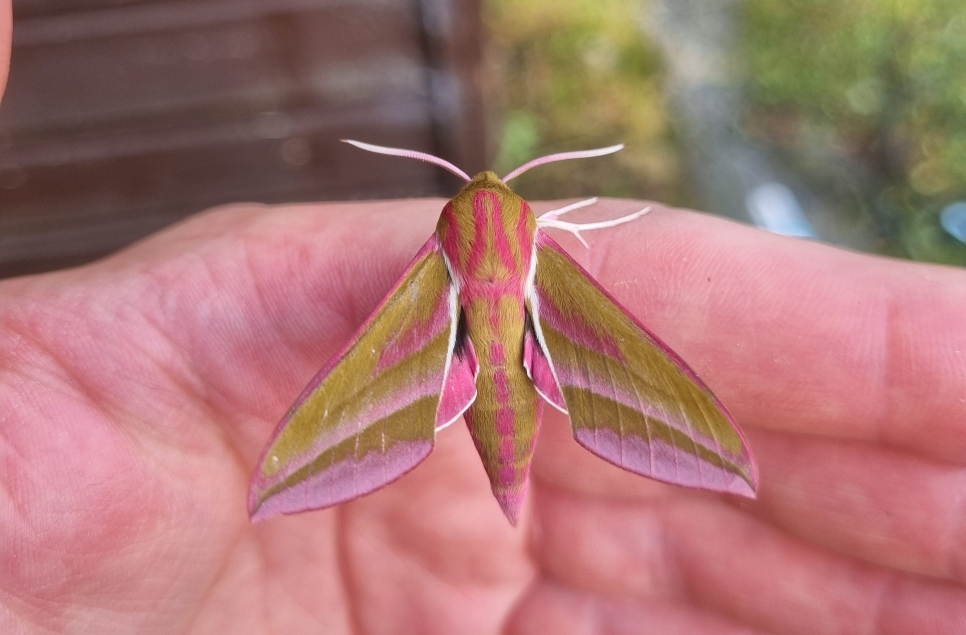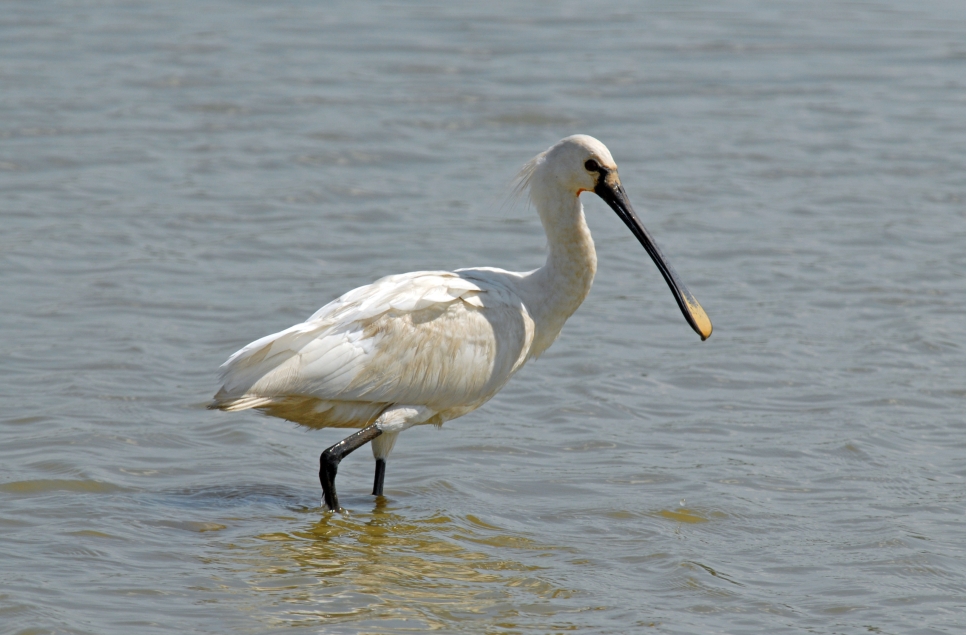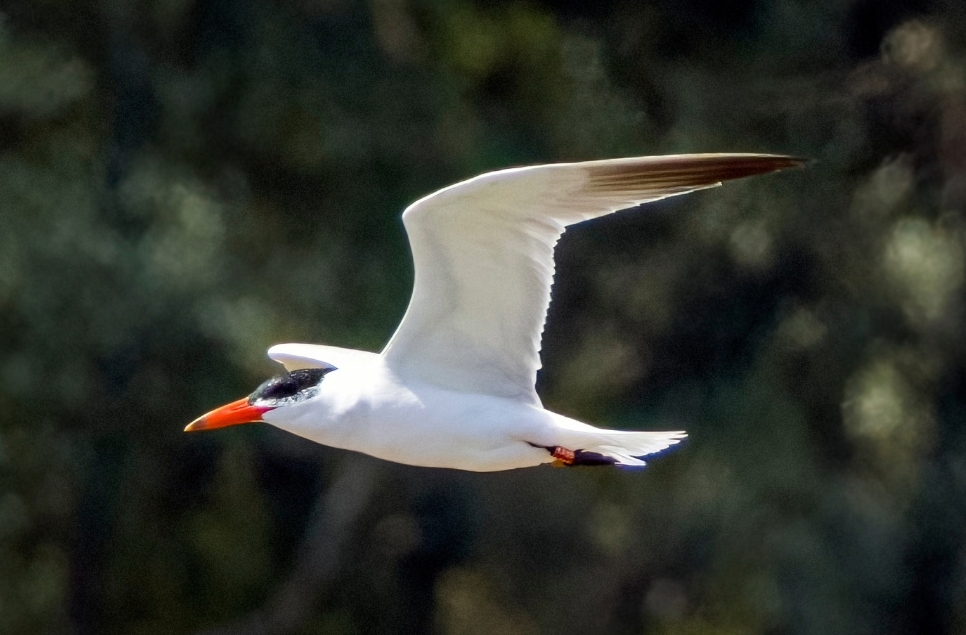Construction work is ongoing to replace the old footbridge to the reserve. An alternative route is available, but the Heron's Wing and Peter Scott hides will be closed until the work is complete. We apologise for any inconvenience.
Recent Wildlife Sightings 18th - 24th May
Highlights: Scorpion Fly, House Martin, Oxeye Daisy, Common Blue Damselfly
Temperatures dropped to early spring levels on some mornings this week, but various invertebrates managed to flutter or scuttle about the reserve before this, taking advantage of the colourful array of blossoming flowers (either as a food source itself, or by preying upon others that feast upon it).
Highlights: Scorpion Fly, House Martin, Oxeye Daisy, Common Blue Damselfly
Feeding over Saline Lagoon, small groups of House Martin have been spotted this week, joining the resident Swallow on their daily feeding frenzy for newly emerged aquatic insects in flight. Known for their skilful construction of cup-shaped nests made from mud under the eaves of buildings, these hirundines are less common on our reserve at this time of year than Swallow or Sand Martin, and are much more likely to be found in more urban settings. They are most often seen here during Autumn/Spring migration to/from Africa, passing over our site on their way from/to towns across the country.
A rather unusual looking invertebrate, a Scorpion Fly, was captured this week by a visitor. The strange curved tail of this insect looks very much like that of a scorpion, hence its name. There isn't anything to fear though, as this is not a stinger, but rather the 'clasper' of the male used to attach to the female during mating.
Along the edges of paths, swathes of Oxeye Daisy are now in bloom and easily identifiable with their large flower heads that resemble an over-sized Common Daisy. As well as being visually pleasant, these grassland plants provide an important source of food and shelter for many invertebrates. Some species of Crab Spider are known to lay their eggs on the yellow florets and then fold in the white petals to protect their nest.
It's the time of year when damselflies are out in force, zipping around water bodies in their agile but delicate flight. The Common Blue Damselfly is, unsurprisingly, one of the most common, while also being one of the trickiest to identify due to its similar appearance in flight to the six other small blue damselfly species present in the UK. The differences between these species are rather subtle, with tiny markings on the second segment of a male’s abdomen being the main feature needed to distinguish them. You'll need to wait patiently until they land in order to get a good enough view of these markings to confidently identify them.
Back in the bird world, we're still hosting the Long-Tailed Duck on Freshwater Lagoon - it really doesn't want to leave us to head North to breed, but we can't complain! An attempt at nesting on the lagoon by the pair of Little Ringed Plover was unfortunately unsuccessful, but they're showing signs that they're going to have another go. A couple of Lesser Whitethroat were regularly heard around Canoe Safari, stopping off on their migration to sing out their punchy song for us.
Featured Photo Credit: Peter Hill


